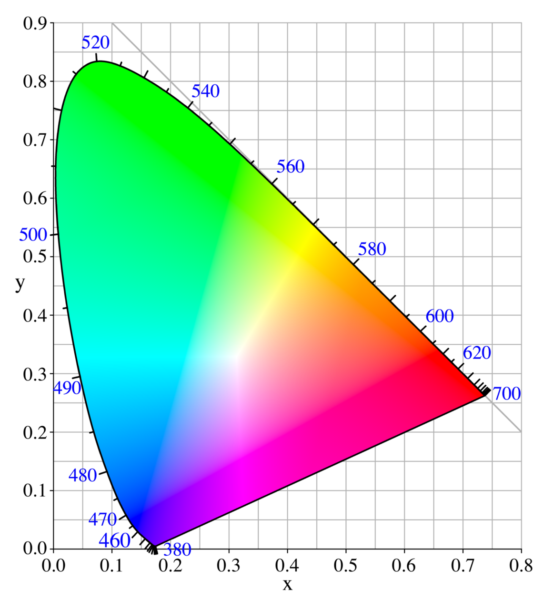Why Green Matters for Maximum Rec. 2020 Coverage
Picture quality and display performance has long been driven by exponential growth in image resolution, with 4K rapidly becoming the new standard for premium displays—and 8K leading the cutting-edge. While this unarguably leads to superior quality images with unsurpassed vibrancy, resolution is not the final word in achieving true-to-life pictures. Recreating realistic images with lifelike details requires expansive coverage of a much wider colour gamut than established high-definition standards like DCI-P3.
This wider colour gamut is known as Rec.2020, which was established with the goal of achieving ultra-high definition (UHD) image quality with true to life colours; ultimately creating the most immersive entertainment experience possible. However, most display paradigms—including premium OLEDs—lack Rec.2020 colour gamut coverage, specifically in the green primary. So, why is green coverage so important to maximum Rec.2020 coverage?

What is Colour Gamut?
A colour gamut refers to the range of colours within the visible spectrum which a device can reproduce. The visual colour space—that is all the colours visible to the human eye—is represented by the CIE chromaticity diagram, which maps normalised colour perception as a function of two CIE parameters (xy) with the spectral colours distributed around the characteristic horseshoe-shaped space. This is known as the spectral locus, which corresponds to monochromatic light.
Colour gamuts are usually rendered within this visible colour space, so that each standard can be defined by their total coverage of the CIE diagram. These are tristimulus systems expressed as X, Y, and Z against three colour primaries: red, green, and blue. For example:
- 709 covers 35.9%
- Adobe RGB covers 52.1%
- DCI-P3 covers 53.6%
- 2020 covers 75.8%
How Does Rec.2020 Offer Such High Volume?
The Rec.2020 colour space encompasses all three prior spaces with significantly greater coverage in the green region—with a green primary of 532nm. As the human eye is most sensitive to wavelengths in this region, Rec.2020 subsequently offers a gateway to unprecedented colour purity with images that are not only more vivid than ever, but are more realistic.
So Where is Rec.2020?
A common method of measuring the colour purity of displays is to assess the full width at half maximum (FWHM) of each primary. Narrower spectral bands correlate to emissions of greater spectral purity thus a wider colour gamut. The problem with achieving maximum Rec.2020 coverage is the lack of a cadmium-free green emitter with a narrow band FWHM. Additionally, any candidate material would need to demonstrate high photoluminescent quantum yield (PLQY) conversion efficiency with high peak brightness and negligible thermal instability.
That is why green is so critical to achieving maximum Rec.2020 coverage. Fortunately, there is now a commercially viable green emitter that demonstrates all the KPIs for next-generation coverage.
Using Perovskite QDs for Maximum Rec.2020 Coverage
Quantum dot formulations based on novel metal halide perovskite chemistries—most notably caesium lead halide—offer FWHM signals of less than 25nm with emission wavelengths of 530nm, the purest green currently achievable by any inorganic emitter. Hence QDs are widely considered to be the gateway to Rec.2020.
Avantama is a specialist nanomaterials manufacturer developing proprietary Cd-free QDs, which are RoHS compliant and suitable for multi-ton scale production through a range of cutting-edge printing methodologies. If you would like any more information about our QDs, please do not hesitate to contact us.